What is the ABB PM554-RP Processor Module? The ABB PM554-RP 1SAP120700R0001 Processor Module is a compact and versatile component designed for industrial automation. Part of the AC500 series, this programmable logic controller (PLC) offers exceptional performance with a robust design tailored for demanding applications. Featuring user-friendly programming capabilities and reliable I/O terminals, the PM554-RP is a preferred choice for engineers and automation professionals worldwide. Key Specifications of the ABB PM554-RP Processor Module The ABB PM554-RP Processor Module boasts impressive technical specifications that make it stand out in the field of industrial automation. Below are the key highlights: Processor Module: Designed with 128 kB memory for efficient processing and operation. I/O Configuration: Features 8 digital inputs (DI) and 6 relay digital outputs (DO-R) for versatile connectivity. Voltage Support: Operates at a rated voltage of 24 V DC, with a supply voltage range of 20.4 to 28.8 V DC. Memory Type and Size: Equipped with 142 kB RAM, ensuring smooth handling of user data. Controller Speed: Exceptional processing time of 0.00008 ms, delivering fast and accurate responses. Pluggable I/O Terminal Blocks: Simplifies wiring and enhances usability during installation and maintenance. Dimensions and Weight of the ABB PM554-RP The compact and lightweight design of the ABB PM554-RP makes it suitable for space-constrained applications. Its dimensions and weight are as follows: Net Weight: 0.298 kg Net Depth / Length: 74 mm Net Height: 135 mm Net Width: 82 mm Gross Weight: 0.457 kg This compact design allows for easy integration into control cabinets and automation systems without occupying excessive space. Applications of the ABB PM554-RP Processor Module The ABB PM554-RP is a versatile processor module suited for a wide range of industrial automation applications, including: Manufacturing Systems: Ensures seamless operation of automated production lines. Building Automation: Controls HVAC systems, lighting, and other essential building functions. Energy Management: Helps optimize energy usage in industrial settings by managing equipment operation efficiently. Water and Wastewater Treatment: Plays a critical role in monitoring and controlling pumps, valves, and other components. With its flexibility and reliability, the PM554-RP is ideal for both small and large-scale automation projects. Benefits of Using the ABB PM554-RP The PM554-RP Processor Module offers several advantages that make it a valuable addition to any automation setup: High Performance: The ultra-fast processing time ensures smooth and efficient operations. User-Friendly Design: Pluggable I/O terminal blocks simplify wiring and maintenance. Compact Build: Space-saving dimensions allow for easy integration into existing systems. Reliable Power Range: Operates seamlessly within a wide voltage range, ensuring stability. Versatility: Suited for diverse applications across vario...
Read More
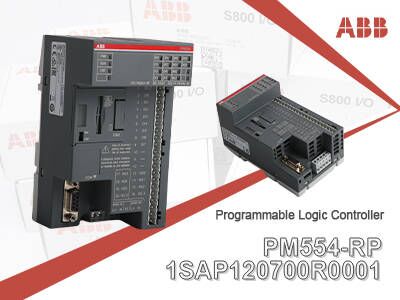
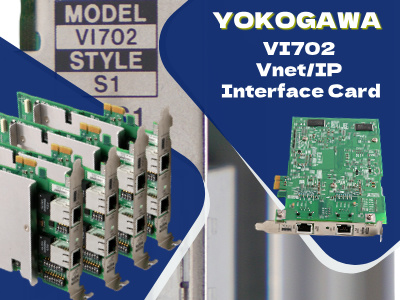
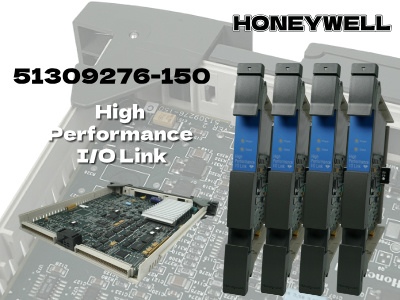

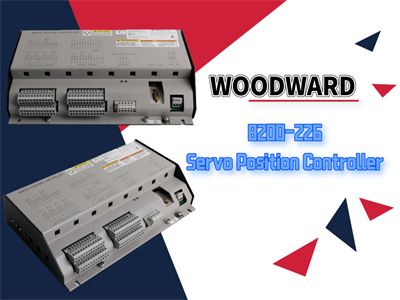



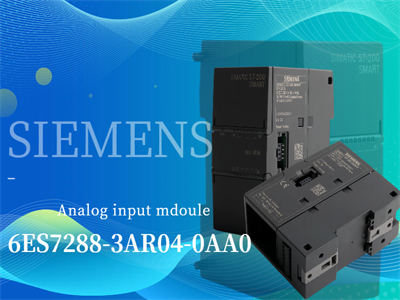
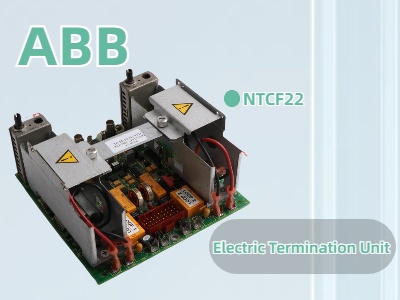



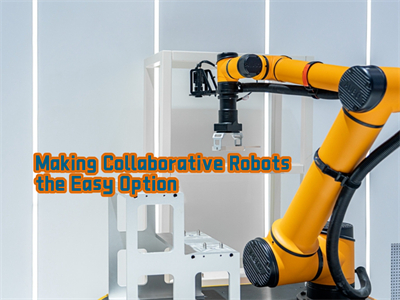










 IPv6 network supported
IPv6 network supported